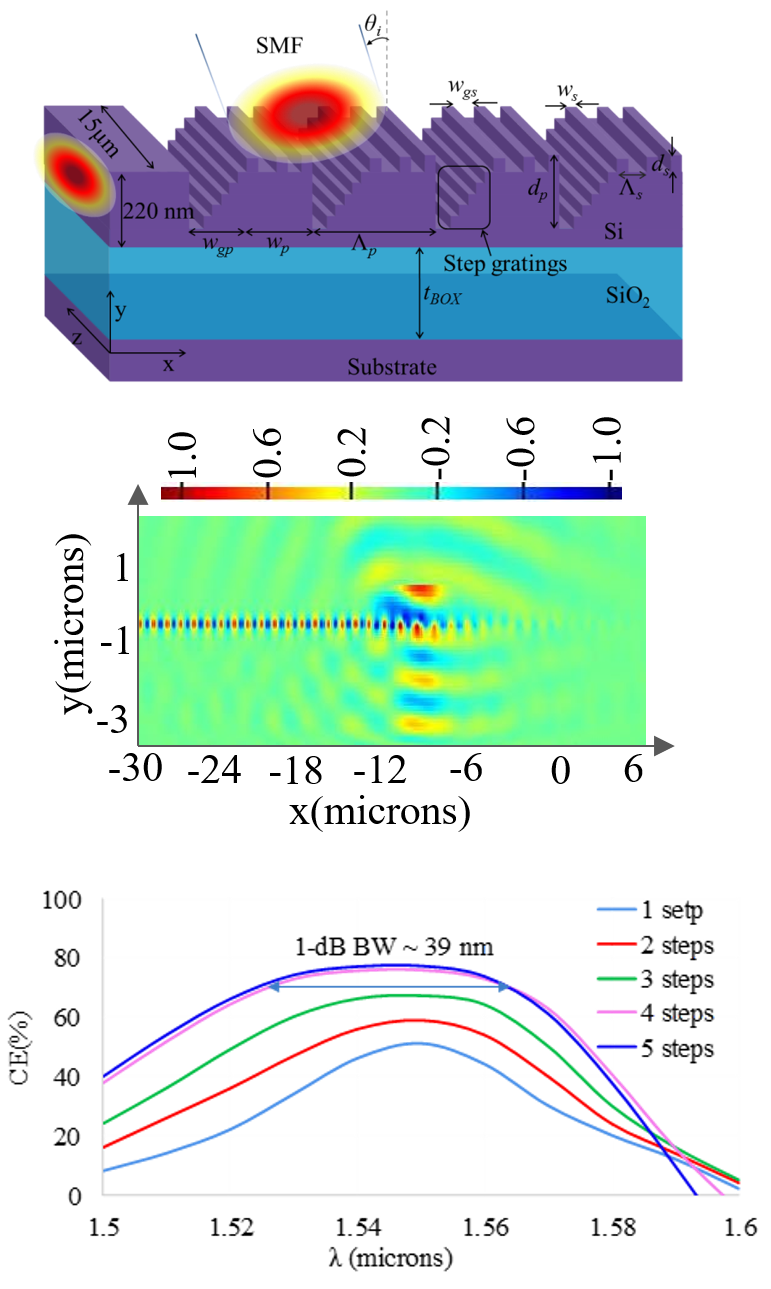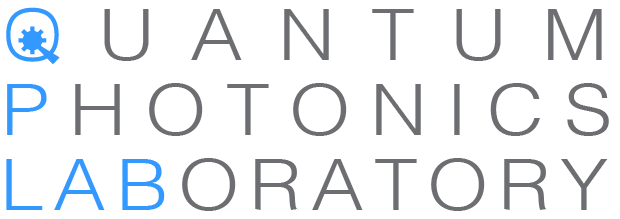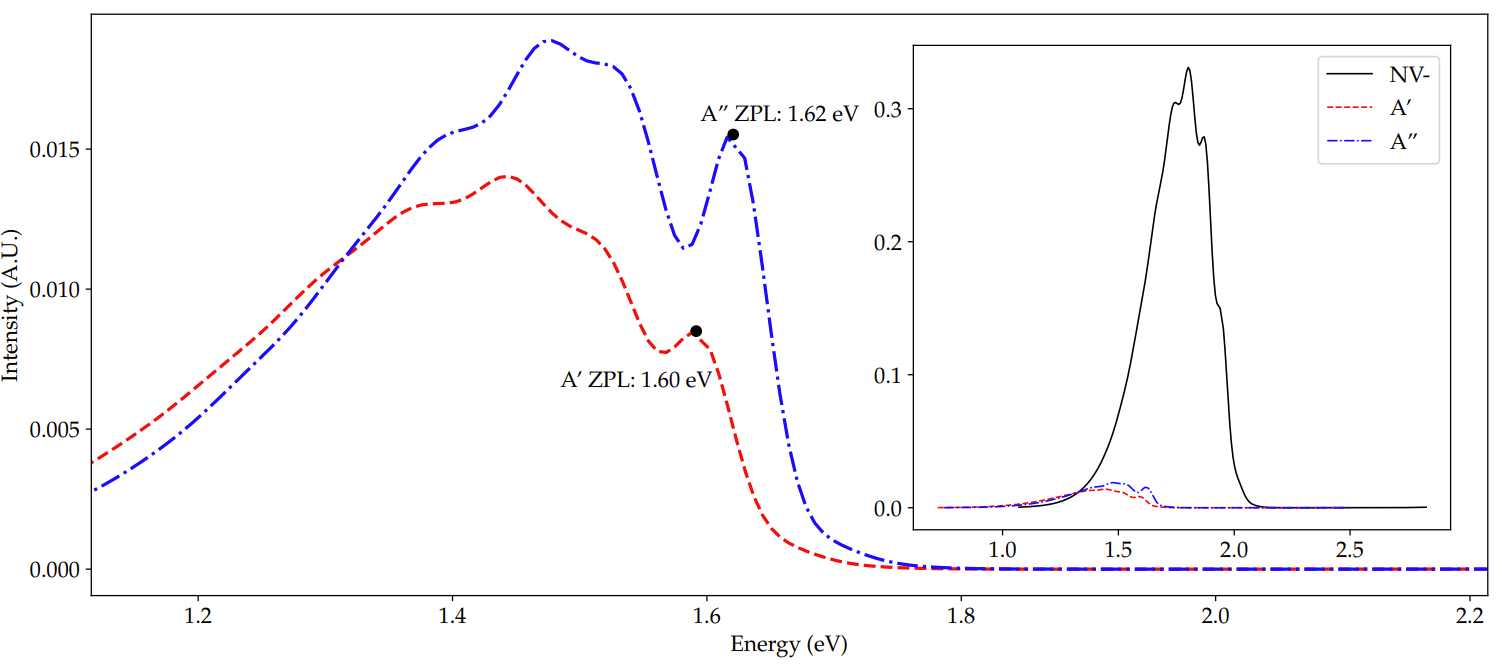Welcome to the Quantum Photonics Laboratory!
We are an experimental group at RMIT University’s School of Engineering. Our research spans from engineering photonic quantum information and communication technologies to studying quantum effects in biological, chemical and physical systems.
RECENT NEWS
Broadband and efficient grating coupler with vertical injection

An efficient and broadband perfectly vertical grating coupler is reported based on asymmetric grating trances on SOI. The symmetrical nature of the diffraction is broken by implementing steps grating at one end of the primary groove while another end kept unaltered. The vertically incident light on the engineered subwavelength grating surface diffracted and coupling with the nano waveguide efficiently for the broad wavelength range in the C band by reducing backward propagation, reflection at the incident and coupling into the substrate simultaneously.
Our method for vertically incident light coupling between dimension mismatch waveguides provides solution in packaging problem for the high dense photonic integrated circuits (PIC).
Ab-initio prediction of bright NV+ photoluminescence
Our recently published novel method to predict solid-state photoluminescence has discovered a possible bright transition in the positively charged nitrogen vacancy in diamond (NV+).
NV+ has historically been considered a dark state due to absence of experimental photoluminescence. Our work reveals that there is an optically active singlet-singlet transition approximately 16x less bright than the analogous triplet-triplet transition of the NV- charge state.
Our work in NV+ is a step towards unlocking applications such as quantum memory. We demonstrate that the lack of optical signature used for identification is not reliable and we subsequently provide predictions to guide experimental investigation. This will be useful for experimental work with NV defects in diamond as well as a motivation for further theoretical work investigating potential charge dependent quenching mechanisms.
A novel method to predict the solid-state ab-initio photoluminescence spectrum of defects in crystals has been created

Our method works for defects with the same symmetry in ground and excited state, which could not necessarily be treated by existing methods.
This is accomplished by using a cluster calculation with TD-DFT and applying a low frequency cutoff to recreate the solid-state.
The low frequency cutoff is shown to eliminate vibrational modes unique to the surface of the cluster, and demonstrates a connection between cluster and solid-state.
Furthermore, our cluster calculation demonstrates the first vibrationally resolved ab-initio photoluminescence spectrum of NV- centres in nanodiamonds.
Our method has been recently published in Journal of Applied Physics.

